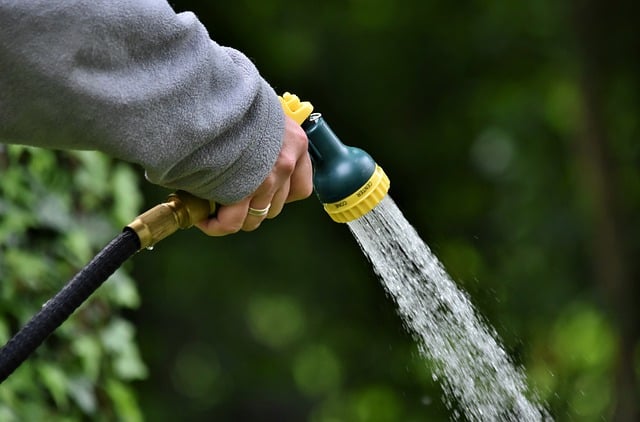Things to Consider Before Installing a Water Bore on Your Property
A water bore can be a fantastic investment for your property, offering a sustainable water source for irrigation, livestock, or even household use. However, the process involves more than just digging a hole in the ground. Before you commit to this project, there are several factors to consider to ensure it’s successful and cost-effective.
1. Hiring Professional Drilling Experts
The installation of a water bore is a specialized task that requires expert knowledge and precision. It’s essential to work with experienced professionals who understand the technicalities of site assessment, drilling, and installation. They will not only evaluate your property to determine the best location but also ensure compliance with local regulations. When selecting a drilling company, check their credentials, licensing, and customer reviews. Make sure they have experience in the type of water bore you need, whether it’s for agricultural, industrial, or residential use. This ensures that the process of waterbore drilling is executed efficiently and safely, minimizing potential risks such as groundwater contamination or structural instability. Investing in skilled professionals might seem costly upfront, but it can save you significant time, money, and hassle in the long run.
2. Understanding Legal and Regulatory Requirements
Installing a water bore isn’t as simple as just digging a well on your land. Depending on your location, there may be strict legal and environmental regulations you need to follow. Permits and licenses are typically required, and these often include guidelines on where you can drill, how deep you can go, and the type of equipment you can use. Before starting the project, consult your local water authority or environmental agency to understand the specific requirements for your area. These regulations are often in place to protect shared water resources and ensure that your bore won’t negatively impact neighboring properties or the environment.
3. Assessing the Water Table and Ground Conditions
One of the most critical aspects of installing a water bore is understanding your property’s subsurface conditions. This involves assessing the depth of the water table, the quality of the water, and the type of soil or rock formations present. A thorough site investigation will help determine whether a bore is viable and what kind of equipment and techniques are required for the drilling process. The quality of the groundwater is just as important as its availability. Poor-quality water may require additional treatment before it can be used, which could increase costs. Moreover, properties with complex geological conditions might need specialized drilling equipment, further impacting your budget and timeline.
4. Budgeting for Installation and Maintenance
The cost of installing a water bore can vary significantly based on factors such as the depth of the bore, the type of pump used, and the complexity of the site. Beyond the initial drilling and installation expenses, you also need to consider ongoing maintenance and operational costs. For instance, regular maintenance of the bore and pump system is essential to ensure efficiency and longevity. Over time, issues such as sediment buildup, corrosion, or mechanical wear can reduce performance or lead to costly repairs. Including a maintenance plan in your budget will help you avoid unexpected expenses and keep your water bore functioning optimally.
Installing a water bore is a substantial undertaking that requires careful planning and professional guidance. By considering these factors, you can ensure your investment delivers reliable and sustainable benefits for years to come. Whether you’re aiming to reduce reliance on municipal water supplies or support agricultural activities, a properly planned and executed water bore can transform the way you manage water on your property.

